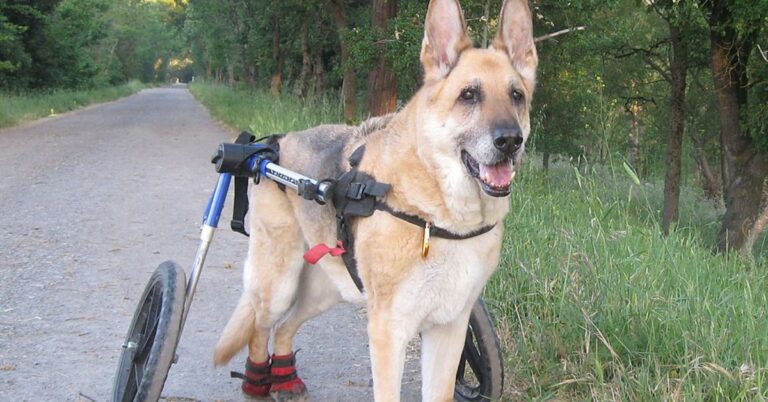How Dogs Adapt To Daylight Saving Time
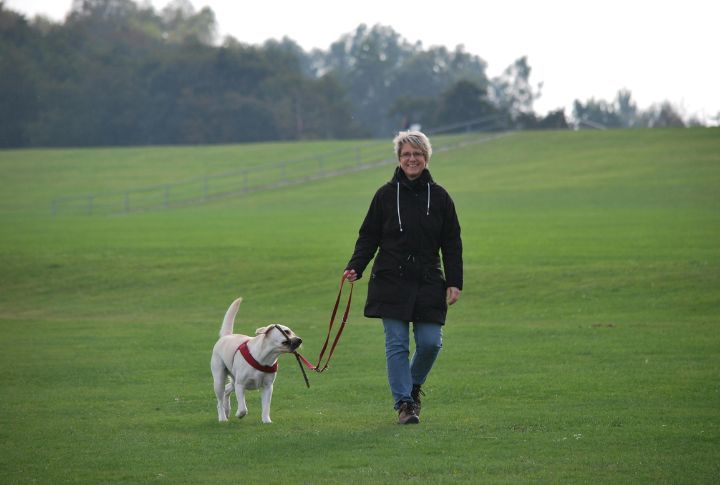
Humans understand the concept of daylight saving time (DST), but what about our dogs? They may not comprehend why we suddenly wake them up earlier or change their walk times, but they definitely notice when their schedules shift. Let’s look at how daylight saving time affects your dog’s behavior and how to help them adjust to it.
Dogs and Internal Clocks
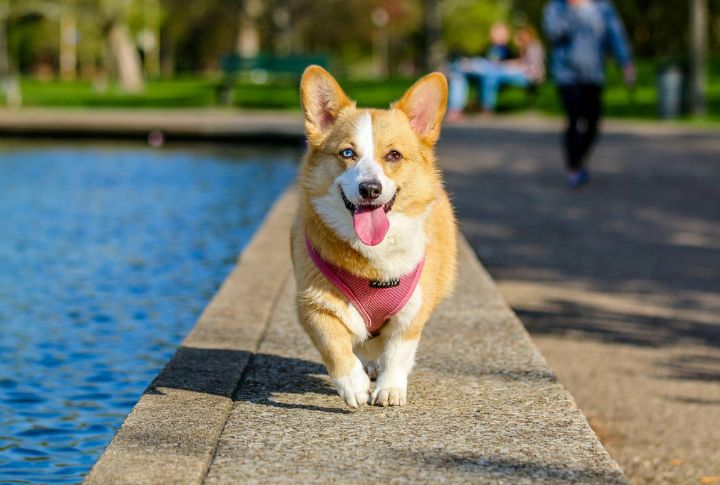
Your dog’s internal clock, or circadian rhythm, is finely tuned to their daily activities, like eating, walking, and sleeping. This biological rhythm helps them stay in sync with the natural day and night cycles. When daylight saving time forces the clocks to change, their internal clock doesn’t adjust quickly.
Confused Mealtimes

Dogs are excellent at keeping track of when mealtime is supposed to happen. If their dinner is usually served at 6 PM and the clocks jump forward or backward, they’ll still expect to be fed at the same internal time, which may lead to them getting impatient when their meal seems “late.”
Altered Bathroom Schedule
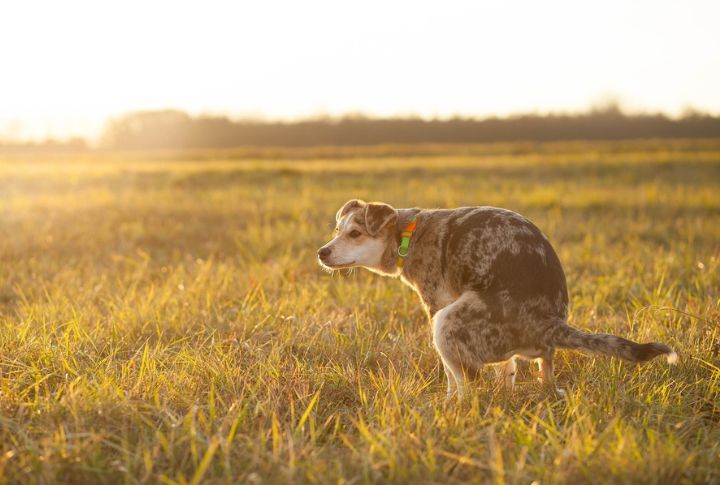
If you’re used to taking your dog out at 7 AM, and the clocks move forward or back, your dog might not understand why they’re asking them to hold it longer or go outside earlier than usual. This can lead to accidents in the house or a confused dog pacing around.
Sleep Disruption for Dogs

Like humans, dogs can experience a change in their sleep patterns. The sudden shift in their routine may cause them to wake up too early or have trouble settling down at night. Some dogs may feel restless during the night or may try to wake you up earlier than usual.
Morning Walks Out of Sync
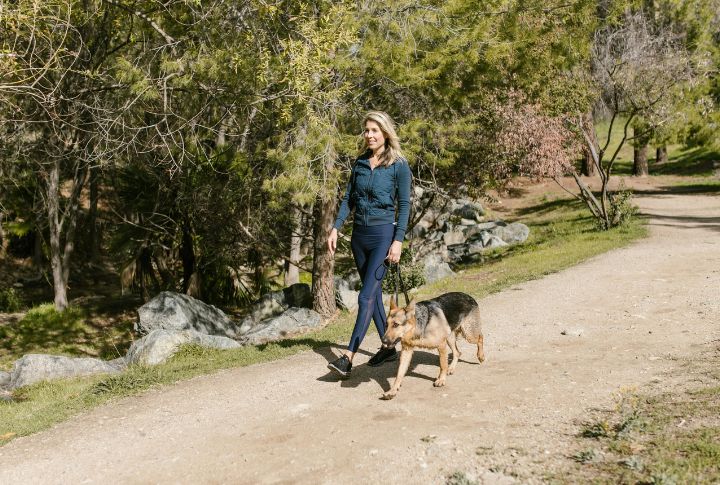
If you’re used to taking your dog for a walk at the same time every morning, daylight-saving time can throw off your routine. The changing light patterns can also be confusing for your dog. Suddenly, what was a sunny morning walk might now be in the dark, or vice versa.
Anxiety and Daylight Changes

DST can cause anxiety in dogs, especially those that are already prone to stress. When the clocks shift, your dog’s sense of time is disturbed, increasing anxious behaviors like whining, pacing, or even destructive habits. Regular playtime or mental stimulation can help reduce stress levels.
Energy Levels and Activity
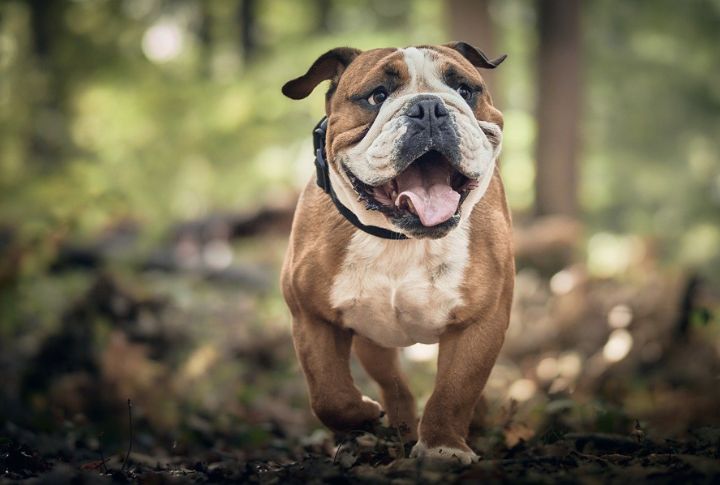
Some dogs might seem lethargic or disinterested in play, while others might become more anxious or excitable because they aren’t getting the usual amount of activity. Keeping your dog’s exercise and playtime schedule consistent can help them burn off excess energy and adjust to the time change.
How Long Does It Take for Dogs to Adjust?
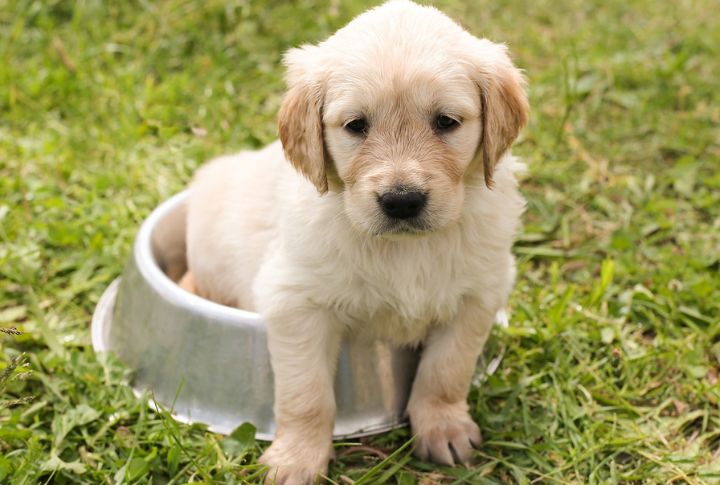
The good news is that most dogs will adjust to daylight saving time within a week or so. However, the time it takes for a dog to adjust can vary depending on your dog’s personality and age. Younger dogs or those with more adaptable temperaments may adapt more quickly.
Impact on Senior Dogs

Senior dogs can be especially sensitive to changes in their routine. They often have a more challenging time adapting to shifts in schedule, and they may become more anxious. If your companion struggles with the time change, offering them extra reassurance during this period is important.
Daylight Affects Their Mood
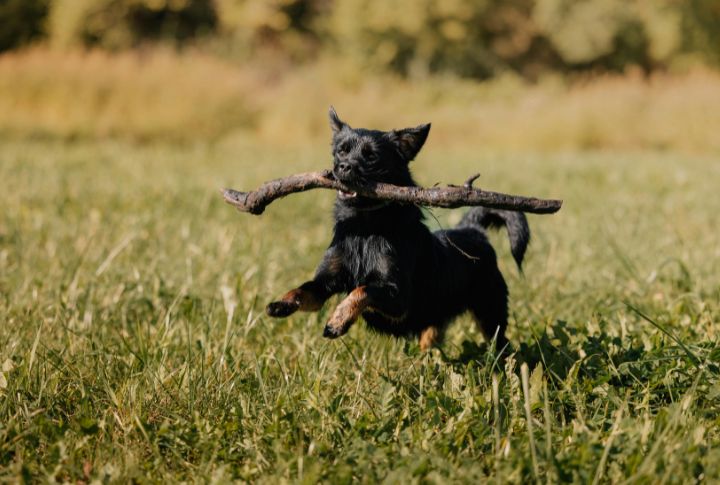
Just as daylight can impact humans’ moods, it can also influence your dog’s behavior. Daylight saving time can change the amount of sunlight your dog experiences throughout the day. Longer days may make your dog more active and energetic, while shorter days can lead to lethargy.
Signs Your Dog is Affected by DST
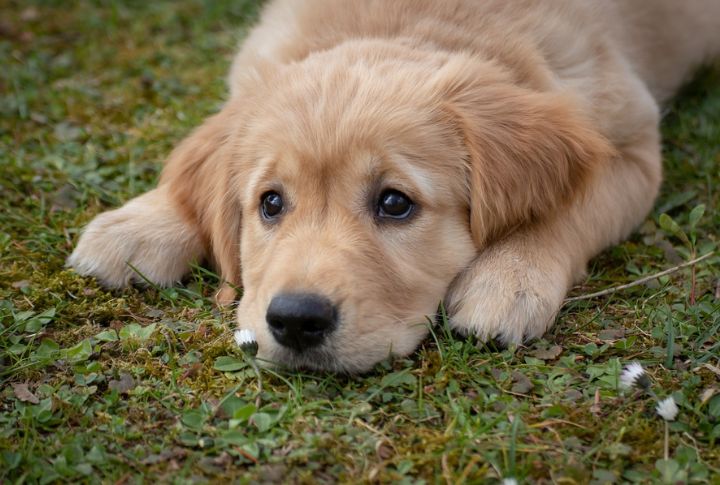
If your pooch seems out of sorts after the time change, there are several signs to watch for. These can include restlessness, whining, early waking, confusion around mealtimes, or unease. While these behaviors may be frustrating, they’re normal responses to a sudden change in routine.
Veterinary Advice on DST
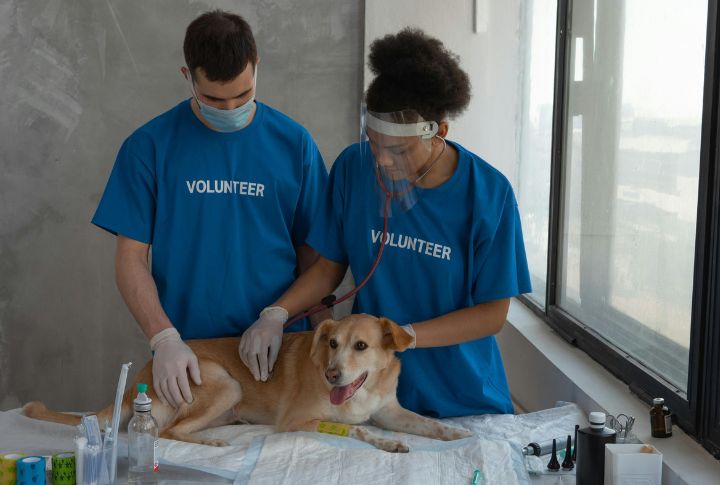
If your dog has difficulty adjusting to DST, consulting with a veterinarian can be helpful. Some dogs, especially those with underlying anxiety or health conditions, may need extra support. Veterinarians can offer advice on calming techniques, dietary supplements, or behavioral training to help them cope.
How You Can Help Your Dog Adjust
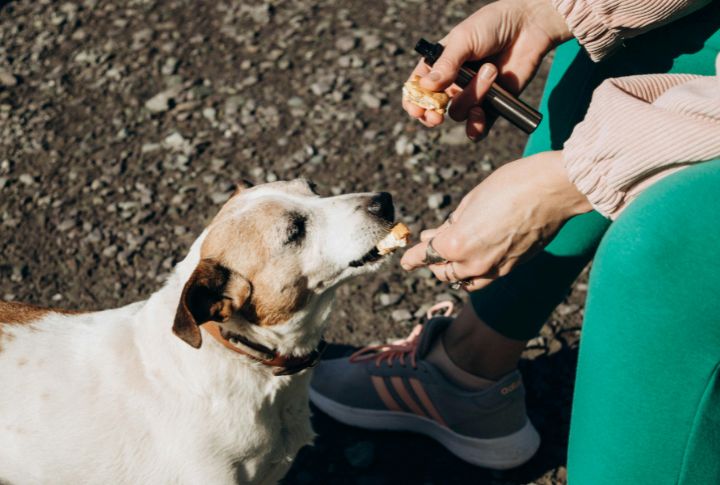
In the days before the time change, start gradually adjusting your dog’s schedule in small increments. Move their feeding, walking, and bedtime routines by 10-15 minutes each day rather than all at once. This gradual adjustment helps your dog’s internal clock align with the new time more smoothly.
Why Is My Dog Hiding?
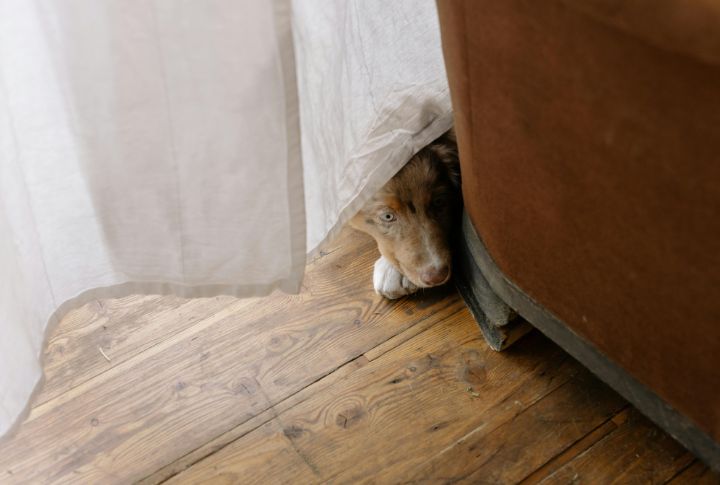
If your pup starts hiding after the time change, it might be their way of coping with the confusion and disruption in their routine. Dogs often hide when they’re feeling stressed or anxious, and the sudden shift in schedule could be the trigger. Offer them extra comfort during this transition.
Patience is Key
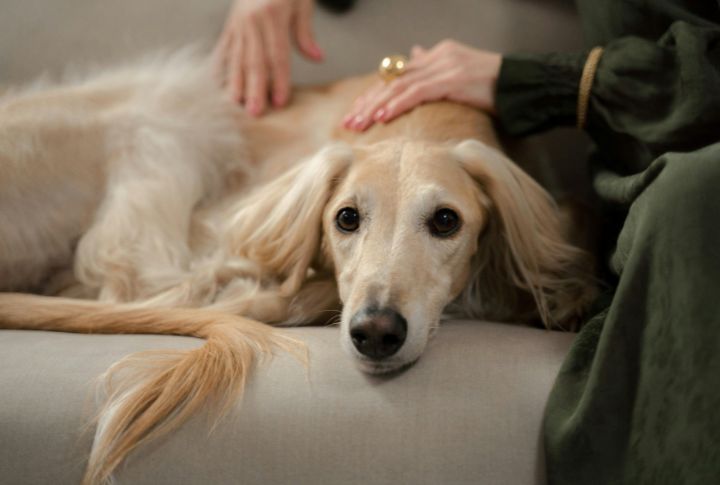
When you are trying to help your pet get used to daylight-saving time, patience is key. The time change can be a little disorienting, but your dog will look to you for guidance. By sticking to a consistent schedule and gradually easing them into it, you’ll help your pet adjust in no time.



